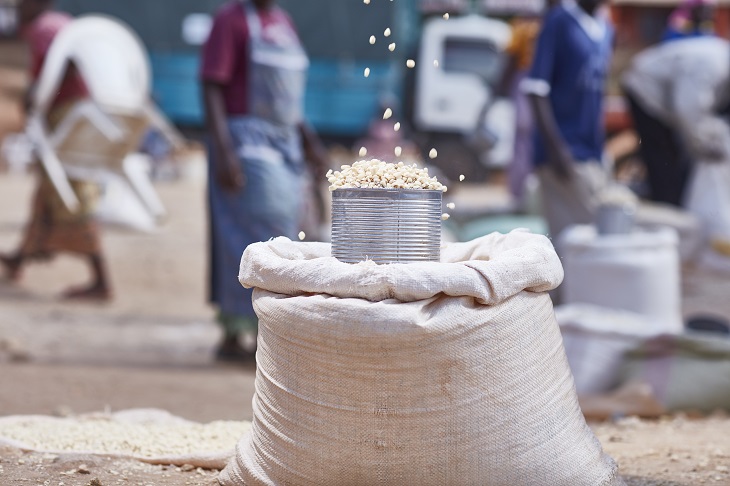Ever heard of the term “Hidden Hunger”? Well, “hidden hunger” is a form of undernutrition affecting millions of people including children in Sub-Saharan Africa. It is a form of hunger that sometimes bites even when some have plenty to eat. What many don’t know and realize is that undernutrition doesn’t always have to mean the absence of food.
The danger of undernutrition is that, when it becomes deeply rooted, it sweeps and erodes future generations because the most affected are often children. Stats indicate that in sub-Saharan Africa, 490 million children in 35 countries are at risk from the worst impacts of climate change, and at least 11 million children across the continent face food insecurity due to extreme weather events including drought and floods that will lead to acute malnutrition.
Countries such as Angola, Eswatini, Lesotho, Madagascar, Malawi, Mozambique, Namibia, Zambia, and Zimbabwe are home to more than 11 million people, including children, who experience food insecurity caused by drought and flooding. According to the UN Intergovernmental Panel on Climate Change (IPCC), by 2100, increased temperatures could increase children’s malnutrition in Western Africa by 37 percent and in Central Africa by 25 percent.
Closer home, in Kenya, the consequences of malnutrition have become a significant concern for policymakers in the country. Out of a total under-5 population of 7 million, 1.82 million children (26 percent) are suffering from chronic malnutrition (stunting or low height-for-age) according to stats from the Kenya National Bureau of Statistics (KNBS).
What is more, by 2050, Africa will be home to one billion children and young people who, given the right life chances, could power the continent’s social and economic renaissance. But they face a future of reduced employment, productivity, and physical growth due to malnutrition.
Malnutrition, according to health experts is caused by micronutrient deficiencies and has been linked to numerous health and development issues. The only way that has been said to be a remedy for the malnutrition crisis is food fortification. Food fortification is a cost-effective strategy for addressing the infamous “hidden hunger”, helping people to access the nutrition they need.
Programs such as the Technical Assistance Accelerator Program (TAAP) by TechnoServe and their partners help food companies in Africa & Asia to improve their capacity to produce and sell fortified foods for local markets, working to ensure that people receive the nutrients they need to lead happy and productive lives.
The program comes at a time when in sub-Saharan Africa, and South and South East Asia, hidden hunger is still affecting millions of people. According to the proponents of the program, in these nations, combating undernutrition through food fortification is critical for long-term development, and many countries across the region mandate fortification in food processing.
The Technical Assistance Accelerator Program (TAAP), is a program implemented by TechnoServe and strategic fortification partners to serve food processors in their efforts to reach food fortification excellence.

